Life Cycle Costing
Life Cycle Costing is a methodology that provides an estimate of the total capital, operating and maintenance costs of an asset over its operating life and enables these costs to be optimized to obtain maximum useful life while maintaining the level of service. Relevant costs include those for each of the life cycle phases of planning, design, acquisition, installation, maintenance, rehabilitation, replacement, retirement/decommissioning/disposal, and any other costs directly attributable to owning, operating, or using an asset.
An asset goes through many phases during its life cycle. During each phase, there are costs associated with that asset. Understanding the full Life Cycle Costs allows a system to make decisions that optimize the funds available. The phases in an asset’s life cycle are as follows:

Planning
The first phase of the asset’s lifecycle is planning. At this stage, asset requirements are established and verified. Potential locations and alternative ways of meeting the requirements are also considered.
Photo: Leon Unsplash
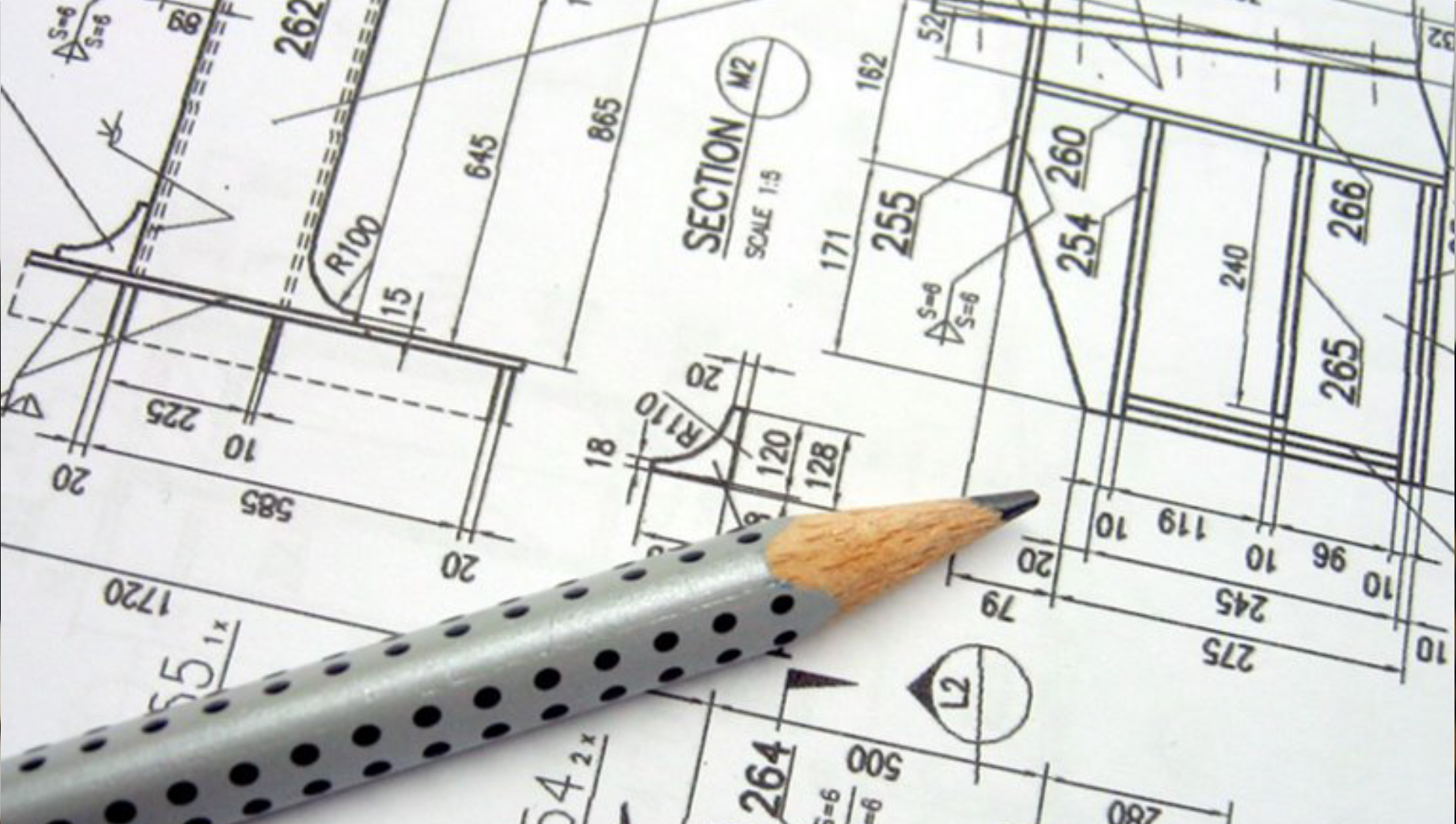
Design
The design phase is where the evaluation of the potential solutions is narrowed down to what is intended to be the most effective and efficient way to achieve the intended purpose. The design phase answers questions about which specific assets will be required, what they will be made of, how big they will be, and how they are to be constructed.
Photo: rgbstock
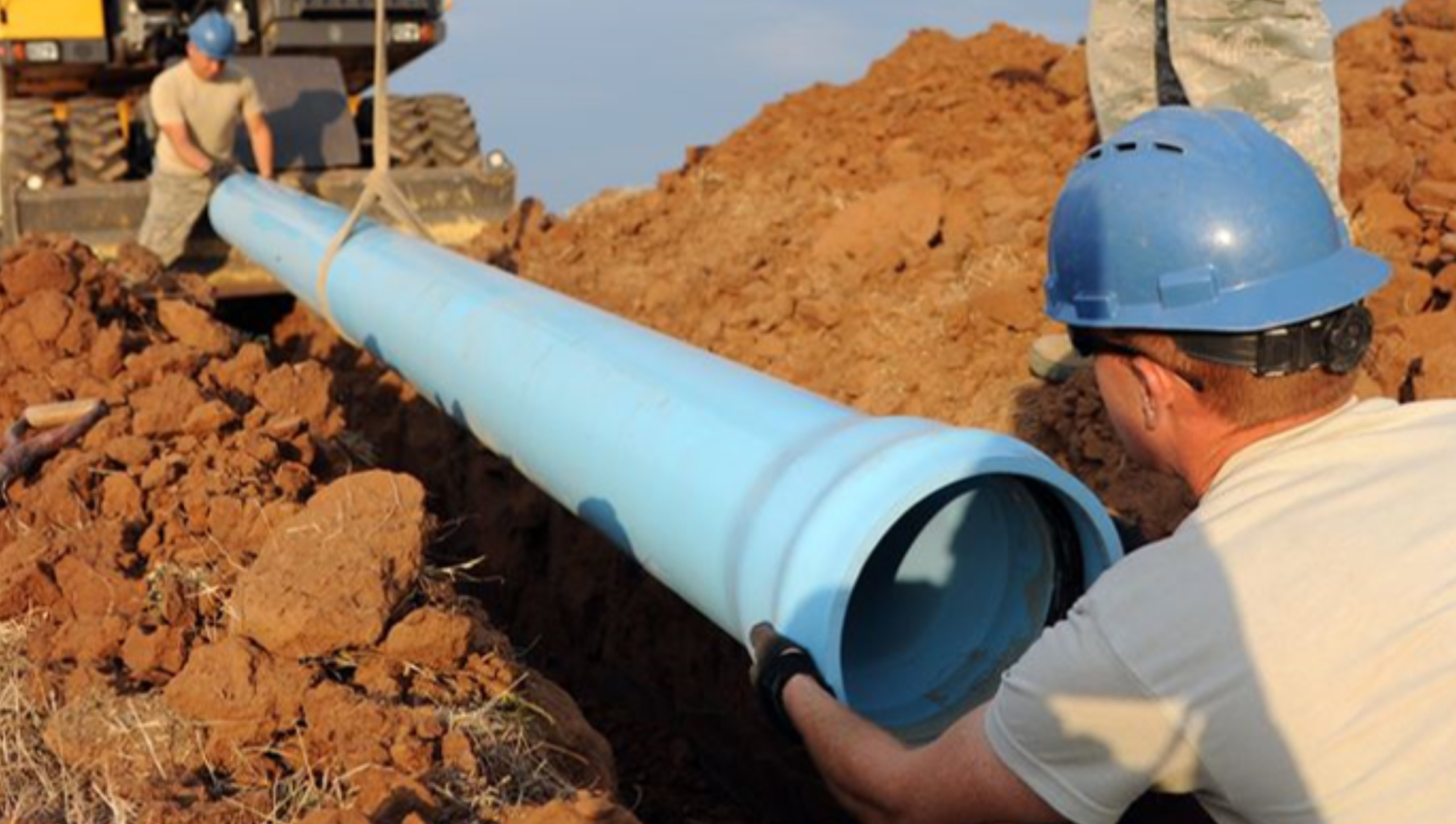
Installation
This is the point in the project when construction takes place. During this phase, the asset is integrated within the system.
.
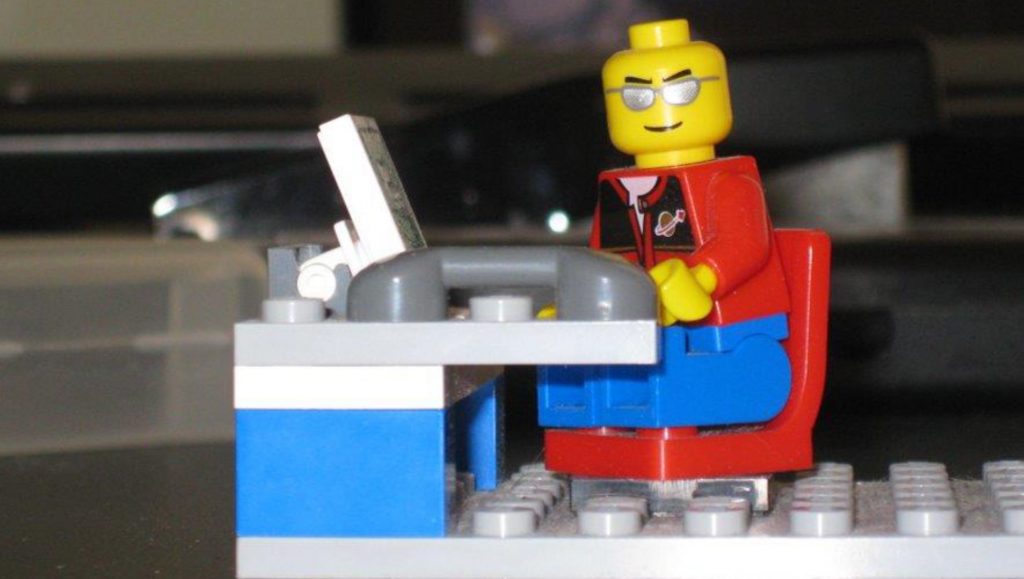
Operations
In this phase, the asset is being used within the system, performing its intended tasks. In some cases, this performance is passive, needing no intervention from personnel, such as a pipe. In other cases, the performance is active, meaning some intervention is required either directly from an operator or through electronic means, such as a pump. The asset might need to be turned on or off, it might need to be changed from lead to lag, it might need to be paced with other actions (e.g., a chlorine pump starting when the well starts, or a wastewater pump turning on when a wet well fills up). The intent in the operations phase is to keep the asset operating within its design specifications for as long as possible. In other words, to maximize its “uptime.”
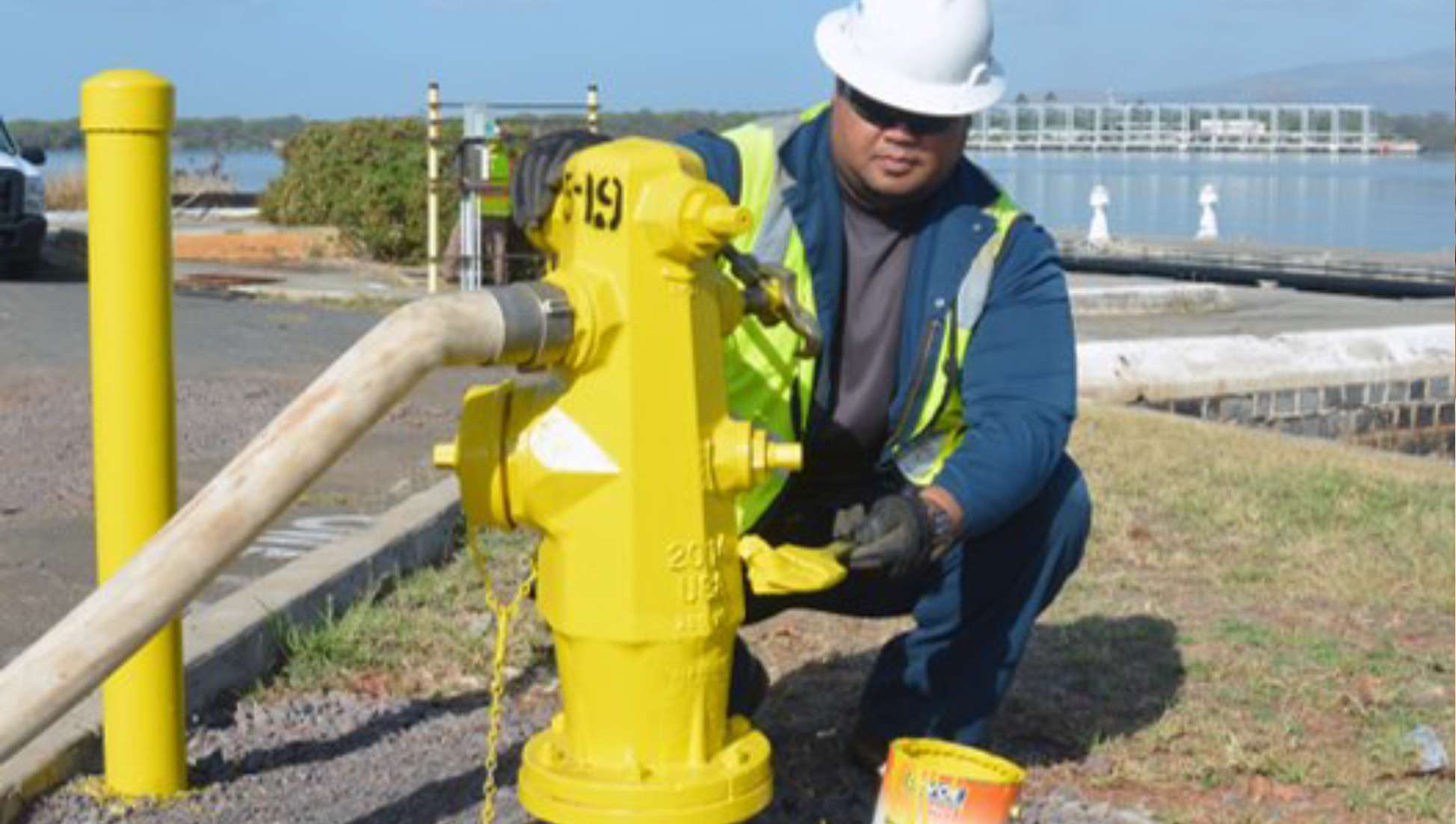
Maintenance
In this phase, the asset performance in executing the work for which it was designed is maintained. The purpose of the maintenance phase is to ensure the asset is fully functional and performs optimally until the asset reaches its end of life. Asset maintenance refers to regularly scheduled preventative maintenance.
The next phases of the asset’s life occur after the asset fails or before failure if it is necessary to avoid a severe consequence, as in the case of high-risk assets. The asset might go through one, two, or all three of these phases depending on asset risk, cost, technology, underlying condition, and several other factors. These phases include Repair, Rehabilitation, and Replacement.
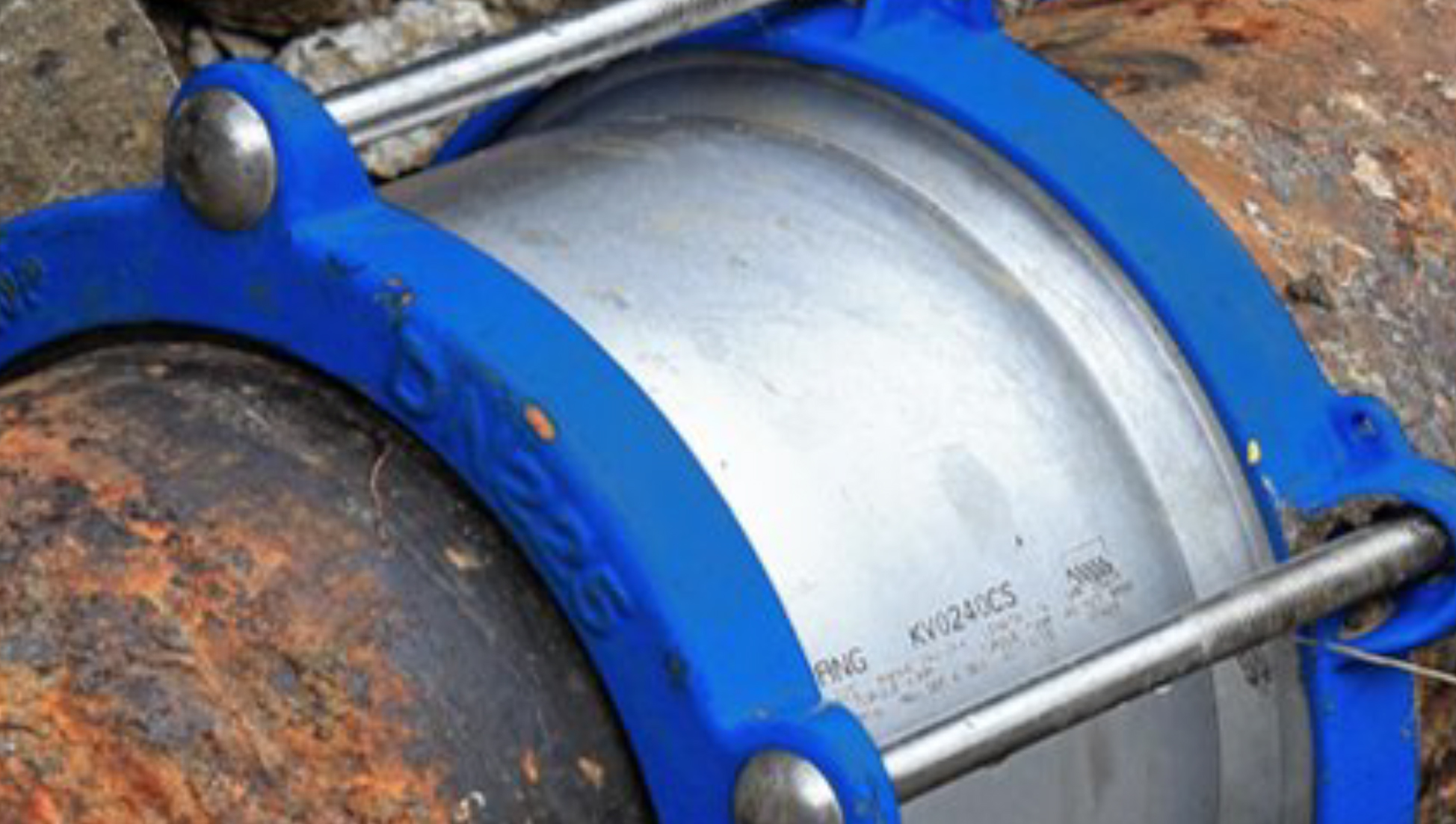
Repair
The underlying asset has structural integrity and some useful life remaining. Bringing the asset back to operational condition can be completed with a repair or partial replacement.
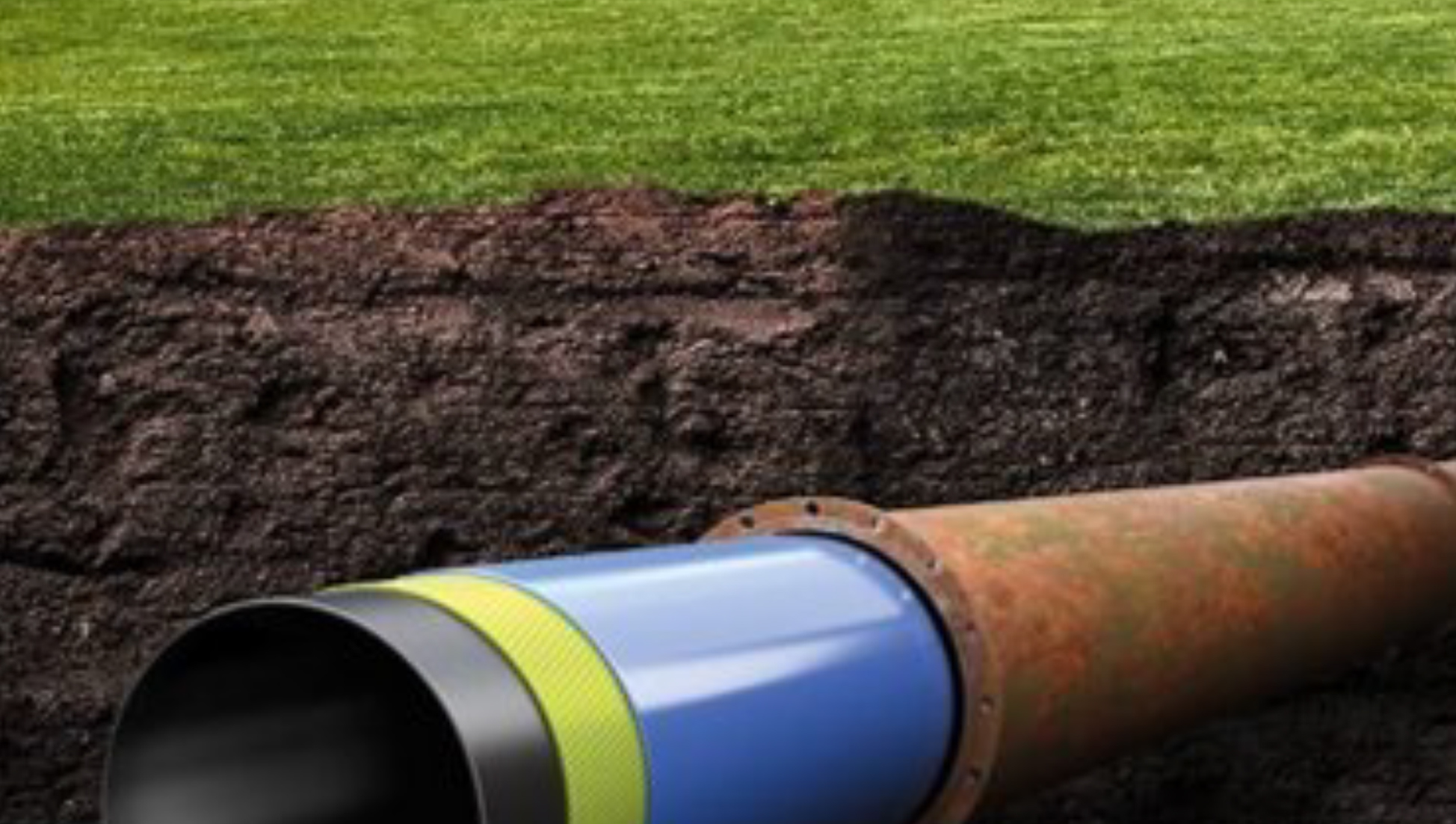
Rehabilitation
The majority of the asset needs to be replaced. Only the basic structure remains. This type of return to functionality is done when the asset has some structural integrity; there is technology to allow rehabilitation, and the asset can achieve enough additional useful life to make the investment worthwhile.
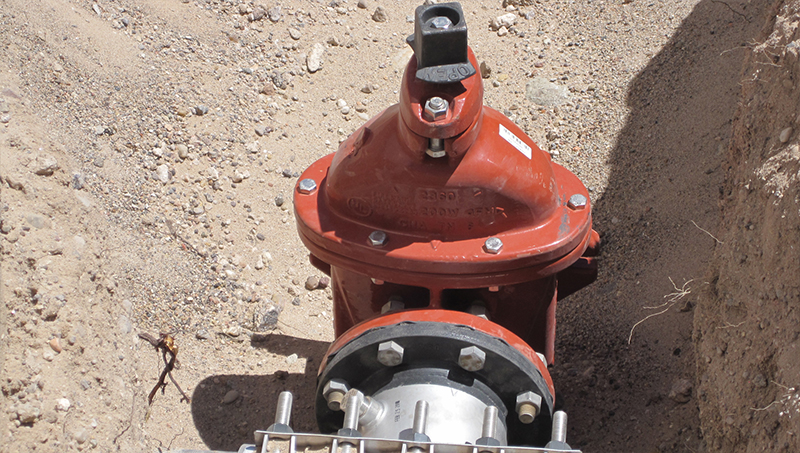
Replacement
The entire asset needs to be replaced with a new asset. In this case, the decision has been made that neither repair nor rehabilitation are possible options, or they provide insufficient additional remaining useful life to be worth the investment. This situation might occur if the damage to the asset is severe, if the asset is no longer supported by the manufacturer, or if the cost of the repair and rehabilitation options is high.
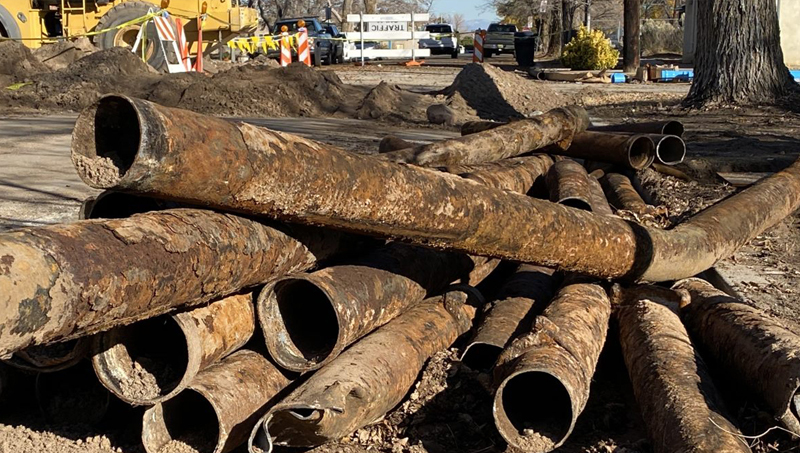
Disposal
An asset that has been replaced or is no longer needed to provide the level of service must be abandoned in place or disposed of. Abandon in place options might be less costly initially but might be less desirable in the long run. In these cases, the asset remains but continues to deteriorate and take up space, either below the ground or within a building. It is also important to make sure that the asset is truly abandoned. In some cases, the “abandoned” asset might still be connected to the system in some way. A few real-world examples are an improperly abandoned well that was causing contamination in a nearby operational well, a sewer pipe that was still connected to the collection system even though it was supposed to be abandoned, or a household that was connected to the abandoned water pipe instead of the active one.
During each of these phases, there are numerous opportunities to intervene in the asset’s life. Each intervention, (planning, design, construction, operation, maintenance, repair, replacement, disposal) comes with a resource cost – time and money. It is necessary to ask questions about the necessity and manner of intervention at each stage to optimize the total cost of the asset over its entire life.